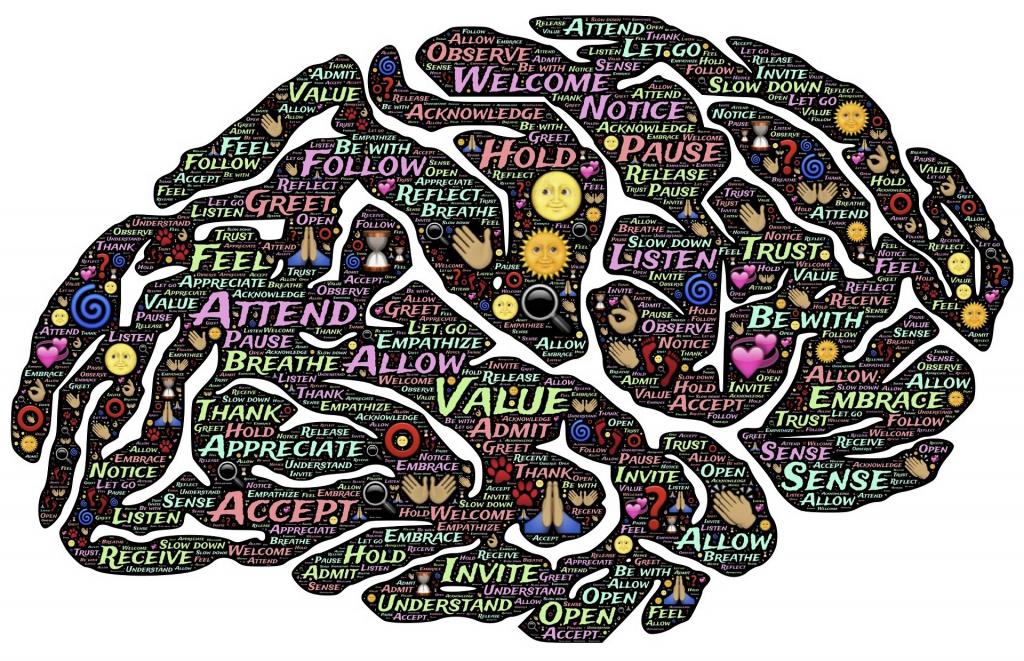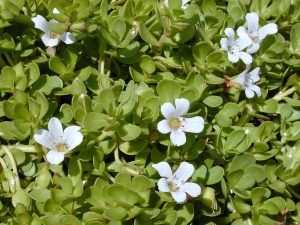Natural nootropics are often plant-derived ingredients that are able to function in similar mechanisms to its synthetic counterparts. However, some natural ingredients which manufacturers label as nootropics don’t really work. So how can we tell the difference? Let’s find out about natural nootropics and its effects.
Table of Contents
Types of Natural Nootropics

Natural nootropics help keep your brain firing on all cylinders.
There are different herbal sources of natural nootropics. Plant extracts and fruits are the most common sources of natural nootropics. Some natural nootropic ingredients may have already been part of your regular diet all along. The body easily absorbs them. They rarely cause addiction unlike their synthetic counterparts. Below are two primary types of natural nootropics.
Herbal compounds
Herbal compounds are plant derivatives that companies often isolate and purify before they reach your nootropic supplements. However, they may also come in different forms such as powders, gels, tea or whole fruit. Different herbal compounds have unique effects as a nootropic. Some herbal compounds work well together while others may not have a very pleasant effect when you take them together.
Adaptogens
Adaptogens are also herbal compounds. However, the primary mechanism of adaptogens as nootropics is that they help our mind and body adapt to stress. This means that our body will respond to stress less negatively. Adaptogens enhance the physical and mental performance of the user despite the presence of stimuli that cause stress.
Effects of Natural Nootropics
Natural nootropics are simply the best type of nootropic. Natural nootropics have cognitive effects on a par with some smart drugs minus the side effects and addictive tendencies. People often take nootropics to enhance mental performance. However, natural nootropics offer more than just cognitive enhancement. They also support the brain. Oftentimes, natural nootropics have other several physical health benefits, too.
The different effects of natural nootropics on the brain depend on the herbal extract or combination one takes. Natural nootropics often include support for:
- Neuroprotection
- Anti-stress properties
- Brain energy stimulation
- Mood regulation
- Increased mental focus
- Focused relaxation
- Neurotransmitter regulation
- Blood circulation to the brain
- Brain cell regeneration
Top 5 Best Natural Nootropics
- Phosphatidylserine (PS) – This is a nutrient manufacturers derive from soybeans and sunflowers. This natural nootropic is a brain antioxidant that aids in mental focus. It is the one of the best natural nootropics for memory and phosphatidylserine (PS) helps ward off neurodegenerative disorders in later life.

Bacopa monnieri is a natural nootropic Forest & Kim Starr [CC BY 3.0], via Wikimedia Commons
- Bacopa monnieri – This is an ancient Ayurvedic herb that significantly enhances cognition. It supports brain neurotransmitters and blood circulation. Bacopa monnieri improves memory and learning while enhancing mood. This is a good natural nootropic for students since it also has good anti-stress properties.
- L-theanine – This natural nootropic comes from green tea leaves. It supports focused relaxation to enhance mental clarity and improve learning. L-theanine is a great antioxidant, too. Plus, it offsets the stimulatory effects of caffeine in many pre-workout supplements. Experts highly recommend this natural nootropic for students, professionals, and artists.
- Lion’s Mane (Hericium erinaceus) – This is the only mushroom that experts consider a nootropic. It supports brain and nerve cell regeneration with the presence of its Nerve Growth Factor (NGF). Lion’s mane also helps ward off neurodegenerative disorders which are common in older adults. It supports mood and cognition for a few hours after intake. In addition, lion’s mane is also a good source of the essential minerals iron, zinc, and potassium.
- Ginkgo biloba – This is the most popular memory enhancer. Ginkgo biloba has been part of over 400 clinical trials which demonstrate its effects on cognitive health. So far, majority of the clinical trials yielded positive results, making Ginkgo biloba an ideal natural nootropic for neuroprotection, brain nourishment, and memory support. However, too much intake of Ginkgo biloba may cause stomach upset so it is best to follow the recommended dosage of any nootropic supplement which has it.
Conclusion
Are natural nootropics better than smart drugs? Definitely! Natural nootropics do not have the potentially harmful side effects of synthetic smart drugs. There are also some synthetic nootropics such as racetams that may have relatively mild side effects. However, the FDA doesn’t seem to like this controversial substance and some countries have banned or strictly regulated them. Natural nootropics might also have some mild side effects such as gastrointestinal distress and allergies but these side effects quickly wear off.
Natural nootropics are a good source of certain essential vitamins and minerals to support the mind as well as the body. Choose your natural nootropics wisely and if you are going to create your own nootropic stack, make sure that the ingredients you select will work well with others to keep gastrointestinal distress at bay.
Natural nootropics have different effects that may stimulate or calm the mind. Customers must consider these when setting the time of intake or certain natural nootropics. Experts have evaluated the short-term use of natural nootropics. They considered them safe in several clinical trials. In addition, some cultures regularly consumed nootropic herbs as part of their diet even before manufacturers called them nootropics.
References
- Suliman NA et al. Establishing Natural Nootropics: Recent Molecular Enhancement Influenced by Natural Nootropic. Evid Based Complement Alternat Med. 2016;2016:4391375. doi: 10.1155/2016/4391375. Epub 2016 Aug 30.
- Ben Greenfield Beyond Training: Mastering Endurance, Health & Life Victory Belt Publishing, 3 Sep 2017
- Cervenka F et al. Plant metabolites as nootropics and cognitives Ceska Slov Farm. 2006 Sep;55(5):219-29.
Leave a Reply